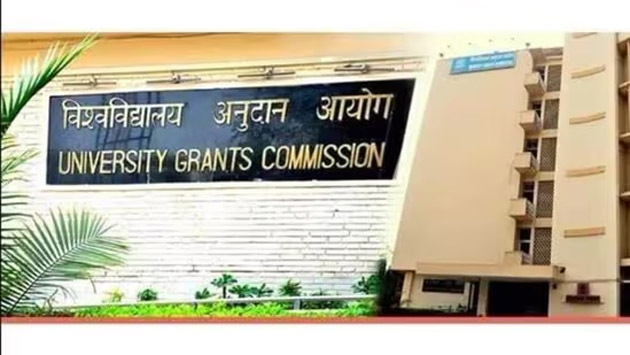By Arun Kumar Shrivastav
This month, Finance Minister Nirmala Sitharaman announced a significant shift in the funding allocation for the University Grants Commission (UGC) in the latest budget. This historical institution, which saw an allocation of Rs 6409 crore during the 2023-2024 fiscal year, will receive only Rs 2,500 crore in 2024-25. This substantial reduction marks a major decision affecting India’s higher education sector.
The UGC, as the primary regulatory body for higher education in India, has also served as the principal funding authority for many government-funded institutions. The decision to slash its budget by more than 50% suggests the government is pursuing alternative strategies. In contrast to the reduced funding for the UGC, central universities have seen a significant increase in their budget. Their allocation for the 2024-2025 fiscal year is Rs15,928 crore, up by Rs4,000 crore compared to the previous year.
This reallocation indicates a shift in the government’s priorities towards central universities, aligning with the National Education Policy (NEP) unveiled in 2020. The NEP proposed the establishment of the Higher Education Commission of India (HECI), which is now taking shape with this budget. HECI will consist of four verticals: the National Higher Education Regulatory Council (NHERC), responsible for academic governance and regulation; the General Education Council (GEC), setting educational standards; the Higher Education Grants Council (HEGC), handling funding responsibilities; and the National Accreditation Council (NAC), overseeing accreditation.
The formation of HECI signifies the government’s intent to centralize and streamline higher education governance. By prioritizing central universities and aligning with NEP 2020, the government aims to create a more cohesive and efficient higher education system in India.
The increased funding for central universities is a commendable decision, recognizing these institutions as beacons of excellence. Esteemed universities such as Visva-Bharati University, Delhi University, Jawaharlal Nehru University, and Jamia Millia Islamia University fall under this category, along with numerous other central universities established nationwide. These institutions enjoy a significant degree of autonomy, allowing them to finalize curricula, admission processes, and other key academic details independently.
The necessity for high-quality higher education centres across India cannot be overstated. The country produces a large number of school graduates annually, all of whom need access to top-tier higher education. Unfortunately, state-run universities are often in dire straits due to financial crises and mismanagement, leaving students to bear the brunt of a failing system.
The University Grants Commission (UGC) has been providing financial support to these struggling institutions, but this has proven to be an inadequate solution. The UGC had long outgrown its utility and required replacement with a more result-oriented and performance-focused system. Central universities can emerge as an efficient alternative to old and struggling universities.
The prudent course of action is to continue establishing more central universities and ensure they are run efficiently. It is crucial to recognize that institutions like the University Grants Commission (UGC), as they grow older, tend to become unwieldy. As they expand, they incur substantial overhead costs, and their performance often declines. Regulatory bodies must remain lean and efficient to be effective.
When a regulatory agency accumulates multiple verticals, it can become too large to manage efficiently. In the context of government organizations, this often leads to inefficiency and corruption. If educational standards and opportunities have declined over the years, the UGC must bear a share of the responsibility.
In light of this, it is imperative for the government to continue focusing on the efficient management and expansion of central universities to meet the growing demand for high-quality higher education in India.
As we discuss higher education opportunities in the country, we must not overlook the hundreds of private sector universities that have emerged. Regulating educational standards and pricing is crucial to ensure these institutions do not exploit students due to the limited higher education opportunities available. Private sector universities should aim to bridge this gap and support the system rather than seeking to profit from a situation already fraught with disappointment.
Our current emphasis on technical education is not ideal for society as it primarily focuses on employment and career advancement rather than developing well-rounded individuals who can contribute to societal betterment. If the new generation neglects societal and environmental concerns, it will not benefit the broader community.
Therefore, it is essential to produce more social scientists, political scientists, poets, and literary figures to ensure a balanced society. We need people who can understand and interpret societal issues in the right context, not just technical experts. Society requires a diverse range of individuals to thrive, and private sector universities can play a pivotal role in achieving this balance. (IPA Service)


